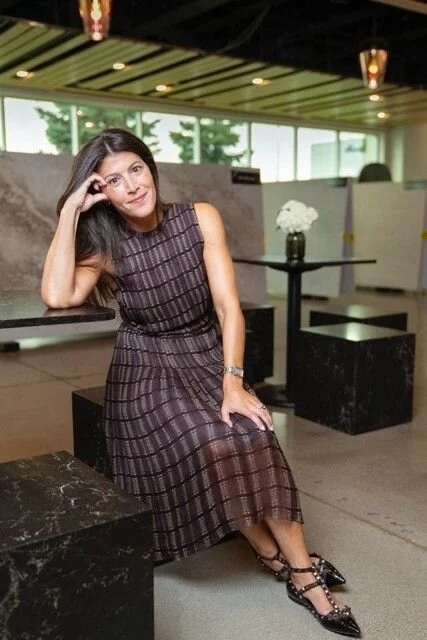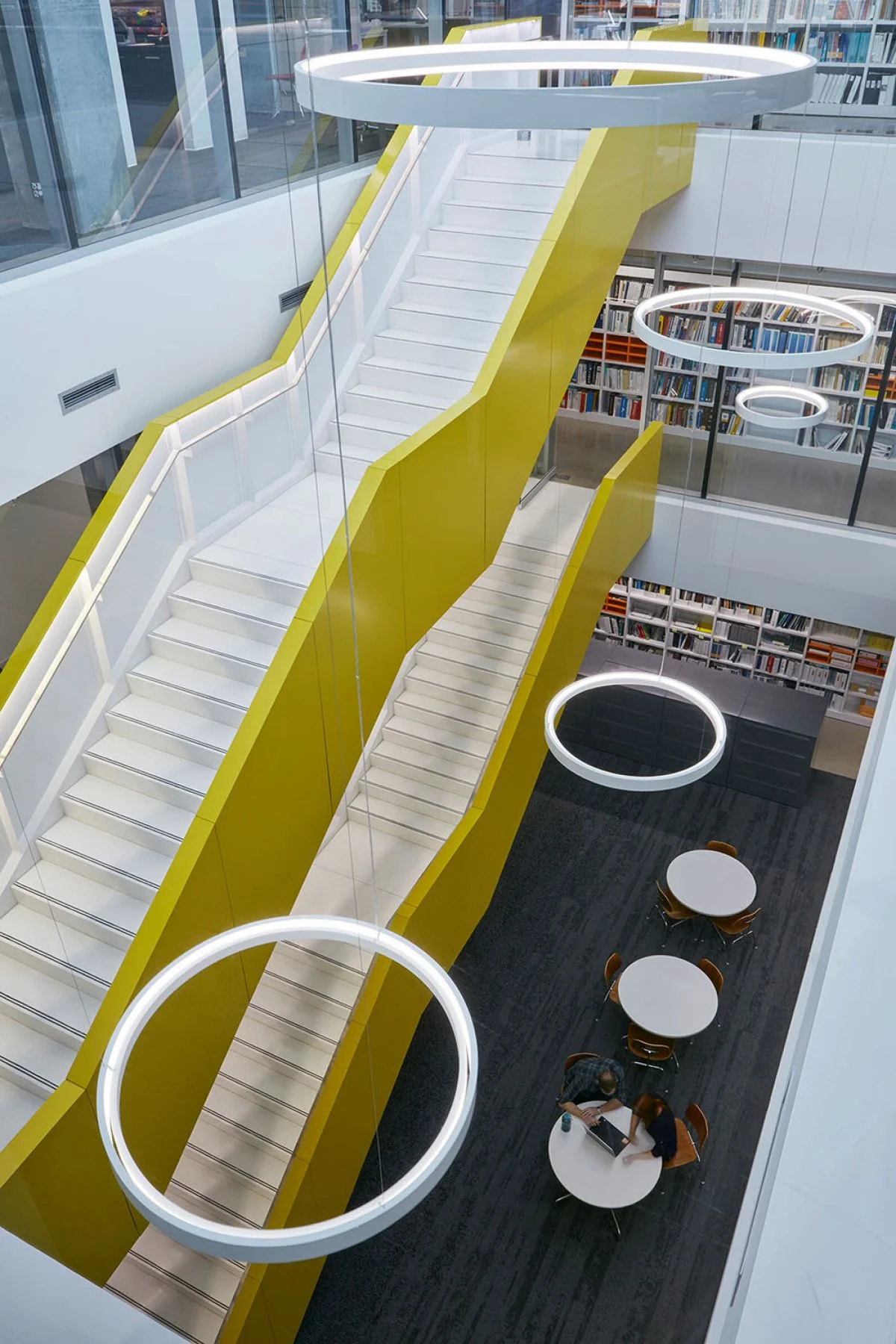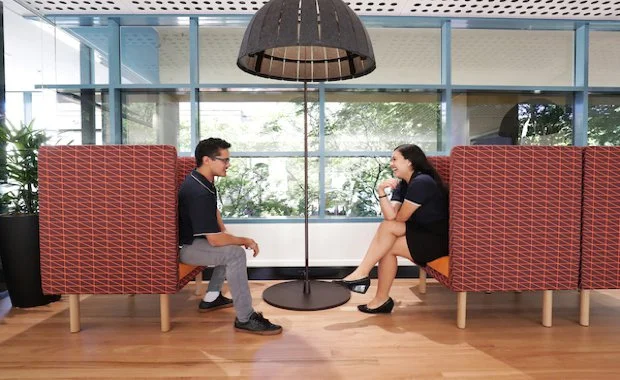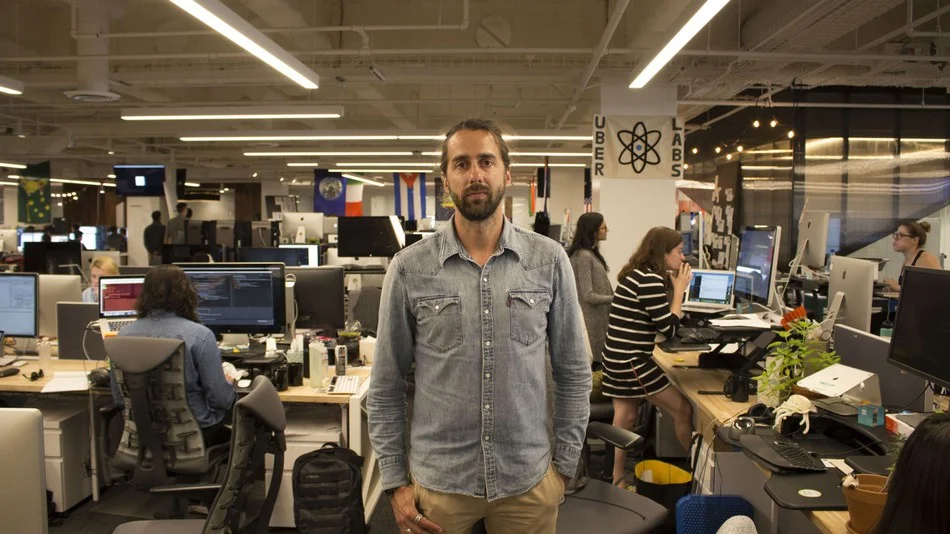At a time when corporations are shifting their strategies to put more emphasis on innovation and creative competitiveness, office designers play an important role in providing the right settings to support that creative work.
Will Fitwel ‘fit well’ in the building industry?
Health-focused rating systems exist because occupant health is gaining more attention from business leaders. They are responding to employee demands for healthier workplaces.
Data-Driven Real Estate Reporting
Steelcase research reports only 54 percent of real estate is used. Now, new Financial Accounting Standards Board guidelines starting in 2019 require organizations that lease property for more than 12 months to recognize those leases as assets or liabilities. This big change to balance sheets makes it more important than ever for leaders to understand how and if spaces are being used.
Q+A with Microsoft: The Digital Advantage
Information technology professionals are helping lead digital transformations requiring new types of work.
What’s Inside the Connected Workplace of Tomorrow?
In a connected workplace, users can perform daily tasks in any available space through a pooled virtualised desktop environment (VDI).
Open-plan offices must be rethought to prevent employees losing focus, finds Haworth
Innovation And A Strong Workforce In The Office: The Secret Is Good Design
While technology, the rise of the contingent workforce and demand for innovation had forced workplaces to rapidly-adapt, face-to-face contact remained central to the economy.
How can employers maximize workspace for employee well-being?
What will the ‘office’ look like in 10 years’ time?
So what might the workplace of the future look like? We asked six office-space experts from around the world to hazard a guess as to where, and how, we will we all be working in ten years from now.
THE END OF THE OFFICE AS WE KNOW IT (APOLOGIES TO REM)
The coworking phenomenon coupled with the ethos of our current time: purpose and impact driven, environmental consciousness, and entrepreneurship, will result in unimaginable scenarios for both work and the future of companies.
How office design can influence productivity
It seems that while office design evolves constantly to give employers better work spaces, businesses still don’t choose the right environment for their employees.
A 'Smart Headset' War Between Microsoft and Google Could Revolutionize the Workplace
New Workplace Design Trends Promote Well-Being, Collaboration And Flexibility
The office cubicle will never be the same. With Millennials set to make up half of the global workforce by 2020, they are driving interest in less conventional workplaces that offer flexible furniture and more space for collaboration — with nary a cubicle in sight.
Can’t Stand Your Obnoxiously Noisy Office? 4 Architects Share Their Quiet Hacks
With the rise of the open office has come the rise of what I’ll call the open office symphony: the consistent click-clack of a colleague who types a little bit too aggressively, the boisterous yammer of loud talkers, and intermittent laughs about something on Slack or Twitter or YouTube.
What we may be missing about IBM’s decision on flexible working
The new normal for office occupiers?This is where the most recent decision to ask people to work in a regional centre gets interesting. IBM is ostensibly doing it to encourage people to collaborate better, and there is plenty of evidence to suggest that physical proximity is an important component in the way people interact and share ideas.
Silicon Valley luminaries are busily preparing for when robots take over
The A.I. revolution comes in the less sexy form of machine learning algorithms, which essentially means giving a machine lots of examples from which it can learn how to mimic human behaviour. It relies on data to improve, which creates a powerful feedback loop: more data fed in makes it smarter, which allows it to make more sense of any new data, which makes it smarter, and on and on and on.
The state of the workplace right now? Everywhere and nowhere, baby
My trade is to ask questions about the workplace then make sense of the answers. That has been a particular challenge with the question, ‘what are offices today?’ What seems clear is that the various actors in the workplace ecosystem look at offices through very different eyes.
Younger workers prefer the office to remote working
Contrary to popular belief, the majority of workers under the age of 35 actually prefer office life to working remotely, a new report has found.
It Takes More Than Tech to Get Teams to Collaborate Effectively
Leaders who strike the right collaborative balance improve how work gets done. It’s not enough to adopt technologies and a culture that make it easier for workers to communicate and share knowledge. Teamwork should ultimately become a business enabler, so it’s critical to focus collaborative efforts on achieving real business outcomes that spur innovations and increase productivity.
Create healthier interiors using evidence‑based design
Can a well-designed interior help to limit our work time and increase our resting time? Of course. Can we design spaces that almost force us to change our behavior? Probably not. Your job title is designer, not behavior psychologist. The individual in all of us will fight that way of thinking every time.

























